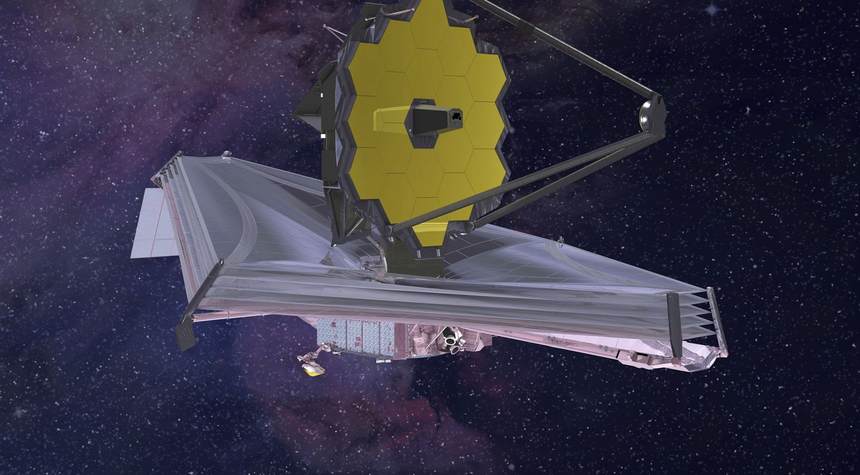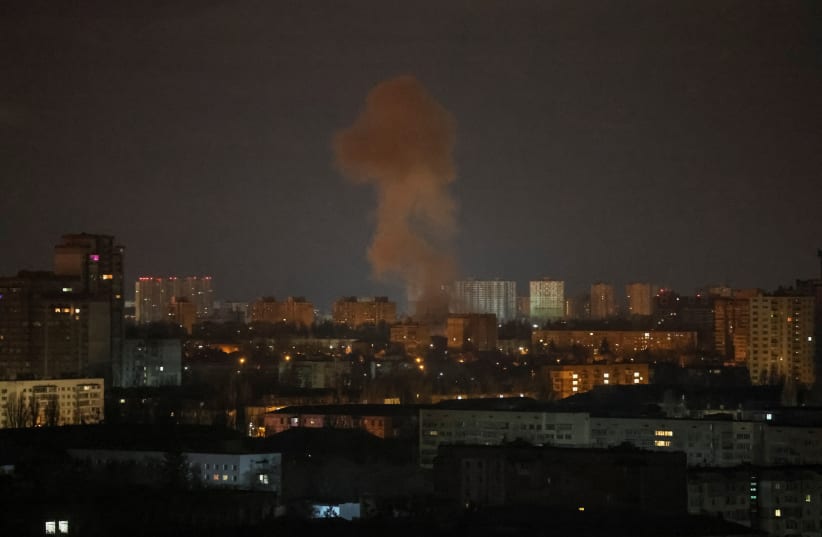"But thou, O Daniel, shut up the words, and seal the book, even to the time of the end: many shall run to and fro, andknowledge STRONG’S 1847: daꜥath, dah´-ath; from 3045; knowledge:—cunning, (ig-)norantly, know(-ledge), (un-)awares (wittingly).shall be increased." — Daniel 12:4
Like me, I’m guessing that many of you have been enjoying the new, deep-space images being delivered by the James Webb Space Telescope (JWST) since it came fully online. We’ve been seeing remarkable star fields and beautiful dust cloud formations. We’ve also been seeing galaxies far from the Milky Way that has never been seen before. And I mean lots of new galaxies. To the average layman, that’s really just more pictures to “ooh” and “ahh” at. But for astronomers and cosmologists reviewing all of this new data, it isn’t turning out to be a wonderful experience at all. Many of them have already begun reporting that there’s something not quite right with the seemingly endless parade of ancient and frequently small galaxies out there. Few are saying it out loud yet, but they are speculating that one theory that has been taken as fact for a very long time now may not have been correct. The dreaded conclusion could turn out to be that the big bang theory is wrong, and it may never have happened. (ia.tv)
To everyone who sees them, the new James Webb Space Telescope (JWST) images of the cosmos are beautifully awe-inspiring. But to most professional astronomers and cosmologists, they are also extremely surprising—not at all what was predicted by theory. In the flood of technical astronomical papers published online since July 12, the authors report again and again that the images show surprisingly many galaxies, galaxies that are surprisingly smooth, surprisingly small and surprisingly old. Lots of surprises, and not necessarily pleasant ones. One paper’s title begins with the candid exclamation: “Panic!”
Why do the JWST’s images inspire panic among cosmologists? And what theory’s predictions are they contradicting? The papers don’t actually say. The truth that these papers don’t report is that the hypothesis that the JWST’s images are blatantly and repeatedly contradicting is the Big Bang Hypothesis that the universe began 14 billion years ago in an incredibly hot, dense state and has been expanding ever since. Since that hypothesis has been defended for decades as unquestionable truth by the vast majority of cosmological theorists, the new data is causing these theorists to panic.
Alison Kirkpatrick, an astronomer at the University of Kansas in Lawrence, is quoted as saying, “Right now I find myself lying awake at three in the morning and wondering if everything I’ve done is wrong.”
I’m not going to pretend that I have the scientific mental horsepower to understand the mechanics behind all of this, but science journals are quoting people who certainly should be able to understand it. If the universe has been expanding since its inception 14 billion years ago, the galaxies the furthest away from us should appear huge and have a certain amount of “red shift” in their light. But what Webb is showing us is almost exactly the opposite.
That’s a problem for the big bang theory. If the universe was born in a monumental blast with everything traveling outward at incredible speed, all of that matter should still be traveling and expanding. But it doesn’t appear to be. In fact, the universe might not really be expanding at all. And if it’s not expanding, then it probably didn’t come from a massive explosion at a single point in the void. If that’s the case… where did all of this stuff come from?
There are more issues to deal with. The most distant galaxies Webb has located are being seen when they were as little as 400 million years old, as determined by when the big bang is assumed to have happened. That means their stars should all still be hot and blue in color as all young stars are. But many of them are cooler and reddish in color, signifying that they should be at least a billion years old.
According to the Big Bang theory, the most distant galaxies in the JWST images are seen as they were only 400-500 million years after the origin of the universe. Yet already, some of the galaxies have shown stellar populations that are over a billion years old. Since nothing could have originated before the Big Bang, the existence of these galaxies demonstrates that the Big Bang did not occur.
Scientists are obviously more worried about having gotten the science wrong and having to figure out a new theory if that’s the case. But assuming this is true, it also could have ramifications for both religious and spiritual contemplation of the origins of everything. Creationists assure us that God (whomever you take that to be) created everything we see in a very short amount of time. With a bit of squinting, you can match that up as a non-scientific analogy to the big bang theory. But what’s the scientific explanation for trillions of galaxies that appear to all just be “hanging around?”
Perhaps the faithful have a better escape hatch from this dilemma than the scientists. If God was able to create everything all at once in one tiny spot and send it careening across the void, why couldn’t He create trillions of things wherever He wanted them to be and whenever He felt like it over a longer span of time than we’ve been able to imagine thus far? Food for thought, to be sure.




